Published 12/2023
Created by Dr. Fred Baptiste
MP4 | Video: h264, 1280×720 | Audio: AAC, 44.1 KHz, 2 Ch
Genre: eLearning | Language: English | Duration: 85 Lectures ( 13h 20m ) | Size: 3.78 GB
An in-depth guide to mastering Pydantic V2 for data modeling, parsing and validation
What you’ll learn
Create Advanced Pydantic V2 Models
Custom Validators and Serializers
Leverage Annotated Types with Pydantic
Aliases, Properties and Computed Fields
Pydantic applications, including validating Python function arguments
Requirements
This is not a course for Python beginners – you must be proficient in Python
Known how to use the command line
Installing Python, virtual environments, pip installs
Solid understanding of Python concepts such as decorators, OOP, inheritance, composition
Python type hinting basics
Description
This is an advanced level course on using the Pydantic V2 library. This course is not for beginners!I have worked with Pydantic (starting with v1) for many years, and use that experience to bring you a course that focuses on the essential parts of Pydantic you will need to know to use it professionally, effectively and to leverage it’s full potential.Pydantic provides a very flexible framework for modeling, validating and parsing data in Python.Although Pydantic is often associated with frameworks such FastAPI, it has far broader applications well beyond just REST API development. From modeling and validating data in databases (like Redis, DynamoDB, Clickhouse), queues (like SQS, ElasticMQ, RabbitMQ), and even CSV files, to even providing argument validation for your custom Python functions!Pydantic is a very flexible, fast-to-develop, and easy-to-understand data modeling framework that belongs in every serious Python developer’s toolkit.Anytime you have a Python project that contains a fair amount of data validation and modeling into Python classes, Pydantic can be leveraged very effectively. You can think of Pydantic as somewhat similar to Python’s dataclasses, but with an advanced and flexible data validation layer, as well as the easy ability to deserialize (load) and serialize (output) these Python/Pydantic classes into plain dictionaries and JSON. Just like dataclasses, Pydantic uses Python’s type hinting capabilities to define data models, but then adds in validation and serialization/deserialization capabilities, which are all fully customizable.
Who this course is for
This course is for experienced Python developers who want to learn the essential parts of Pydantic in depth.
Course covers the latest version of Pydantic – V2.x (not V1.x)
Homepage
https://anonymz.com/?https://www.udemy.com/course/pydantic/
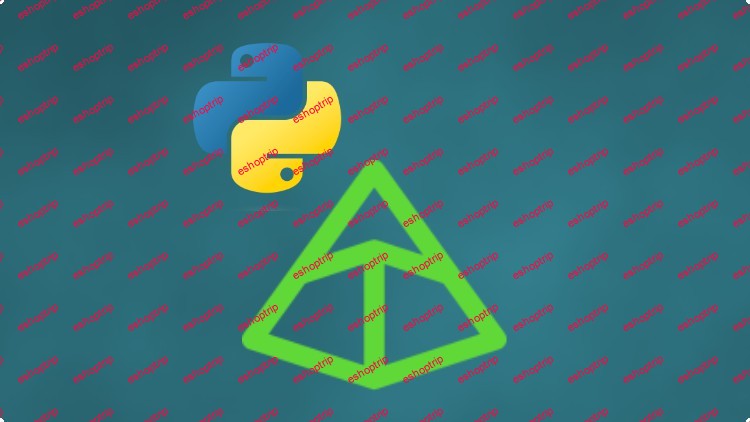
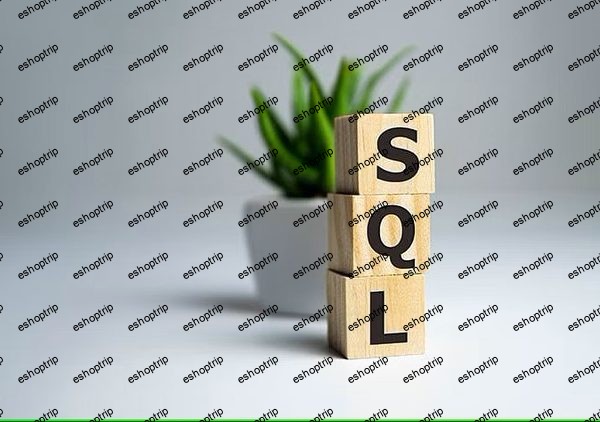
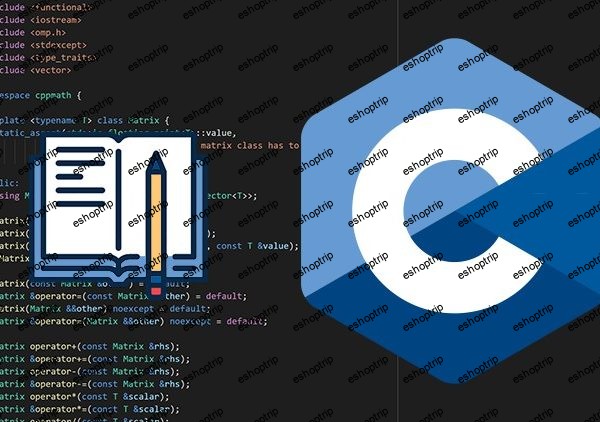

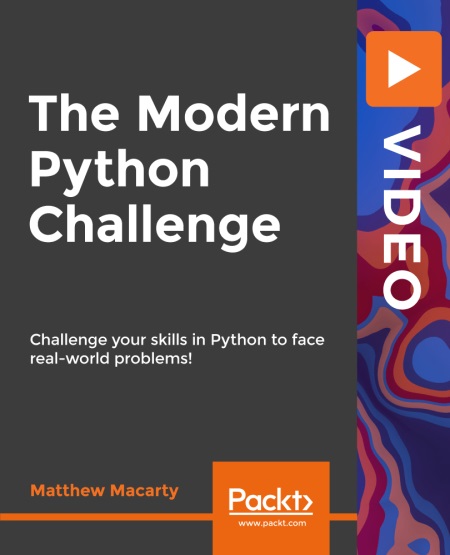

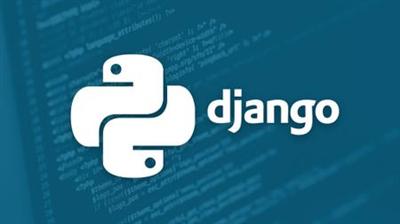




Reviews
There are no reviews yet.